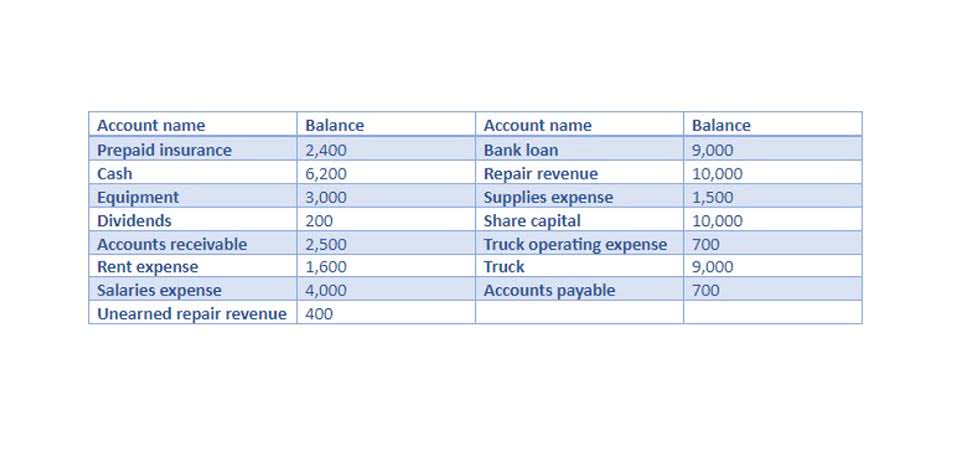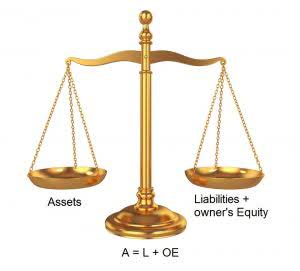
Remember from earlier in the chapter, a note (also called a promissory note) is an unconditional written promise by a borrower to pay a definite sum of money to the lender (payee) on demand or on a specific date. A customer may give a note to a business for an amount due on an account receivable or for the sale of a large item such as a refrigerator. Also, a business may give a note to a supplier in exchange for merchandise to sell or to a bank or an individual for a loan.
Long-Term Notes, Subsequent Measurement
- In scenario 1, the principal is not reduced until maturity and interest would accrue over the full five years of the note.
- However, if any note is repayable after a year, companies must qualify it as non-current assets.
- There are several types of notes receivable that arise from different economic transactions.
- Consult your calculator manual for further instructions regarding zero-interest note calculations.
- Interest Receivable decreasing (credit) reflects the 2018 interest owed from the customer that is paid to the company at the end of 2019.
- At the end of the three months, the note, with interest, is completely paid off.
- Tim decides to get a bank note for $100,000 from First Bank to purchase the new equipment he needs.
Frequency of a year is the amount of time for the note and can be either days or months. We need the frequency of a year because the interest rate is an annual rate and we may not want interest for an entire year but just for the time period of the note. In this case the note receivable is issued to replace an amount due from a customer currently shown as accounts receivable. A customer will issue a note receivable if for example, it wants to extend its payment terms on an overdue account with the business. At the maturity date of a note, the maker is responsible for the principal plus interest. The payee should record the interest earned and remove the note from its Notes Receivable account.
Elements of Promissory Notes
For this reason, notes are negotiable instruments the same as cheques and bank drafts. Other notes receivable result from cash loans to employees, stockholders, customers, or others. You are the owner of a retail health food store and have several large companies with whom you do business.
Illustrated Examples of Notes Receivable
Finally, a note receivable will also mention the timeframe of the loan. It is similar to the maturity date of loans, representing a future point at which the borrower will repay the lender. Notes receivable come in the form of a written document that borrowers pay to their lenders. Unlike usual trading balances and credits, notes receivable balances come with additional terms.
How much will you need each month during retirement?

For example, assume that the Bullock Company has received a 3-month, 18% note for $5,000 dated 1 November 2019 in exchange for cash. The firm’s year-end is 31 December, and the note will mature on 31 January 2020. In some cases, the note is received in one accounting period and collected in another. When the payment on a note is received, Cash is debited, Note Receivables is credited, and Interest Revenue is credited.


For example, a company may provide a loan to another company in exchange for a note. Square determines the amount to be charged for the loan and the percentage to be charged each day using data analytics. Each Square account has potentially different terms based on its history and trends.
- This is because the amortization of the discount is in equal amounts and does not take into consideration what the carrying amount of the note was at any given period of time.
- The interest rate is the part of a loan charged to the borrower, expressed as an annual percentage of the outstanding loan amount.
- The implied interest rate is calculated to be 5% and the note’s interest component (rounded) is $2,165 (), which is the difference between the cash lent and the higher amount of cash repaid at maturity.
- Disclosure of receivables, including footnote details (related-party receivables), are shown for Scott’s Liquid Gold Inc. below.
- Essentially, in all these situations, the company that owns the receivable either sells it to the bank (or another lender) or borrows against it to obtain immediate cash.
- Sometimes a company receives a note when it sells high-priced merchandise; more often, a note results from the conversion of an overdue account receivable.
Notes receivable are usually categorized as current assets, because companies expect to receive them within the next 12 months. However, notes receivable that are not expected to be paid for a period of more than a year may be classified as non-current assets. Some companies will issue zero-interest-bearing notes as a sales incentive. Even though the interest rate is not stated, the implied interest rate can be derived because the cash values lent and received are both known. In most cases, the transaction between the issuer and acquirer of the note is at arm’s length, so the implicit interest rate would be a reasonable estimate of the market rate. A note receivable is an unconditional written promise to pay a specific sum of money on demand or on a defined future date and is supported by a formal written promissory note.

Notes Receivables – Definition, Importance, Example, and Classification
The following example uses months but the calculation could also be based on a 365-day year. BWW issued Sea Ferries a note in the amount of $100,000 on January 1, 2018, with a maturity date of six months, at a 10% annual interest rate. On July 2, BWW determined that Sea Ferries dishonored its note and recorded the following entry to convert this debt into accounts receivable. Interest is a monetary incentive to the lender that justifies loan risk. The interest rate is the part of a loan charged to the borrower, expressed as an annual percentage of the outstanding loan amount. The straight-line method is easier to apply but its shortcoming is that the interest rate (yield) for the note is not held constant at the 12% market rate as is the case when the effective interest method is used.

Deixar Um Comentário